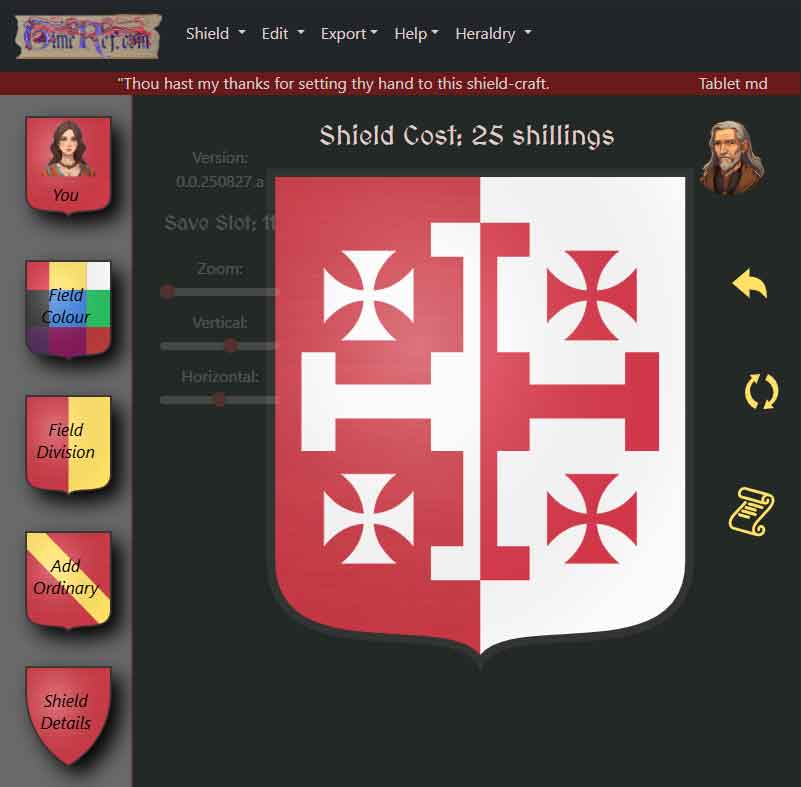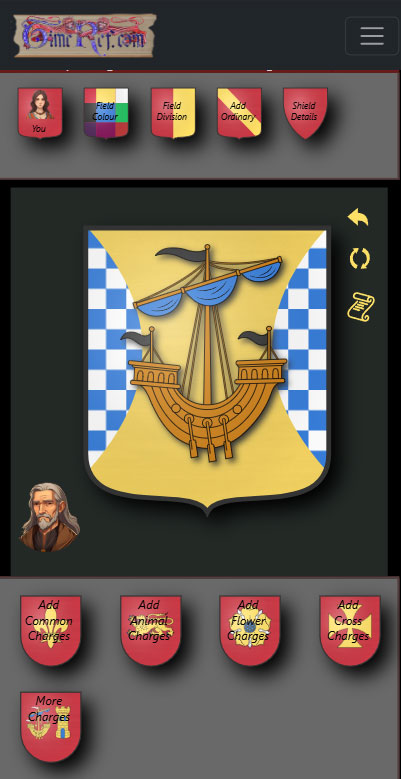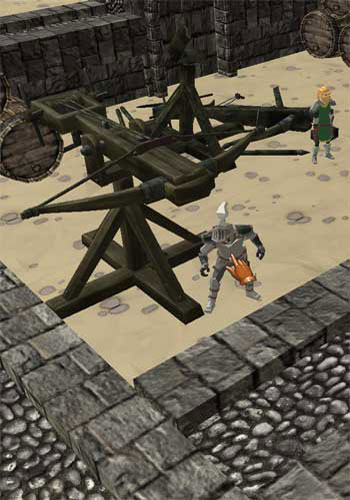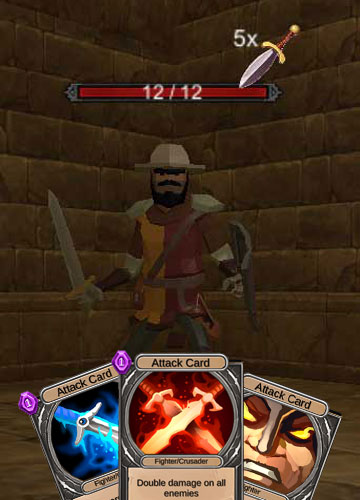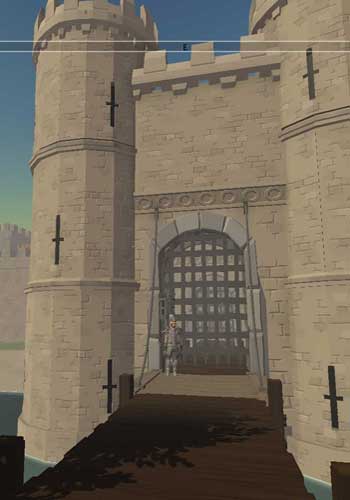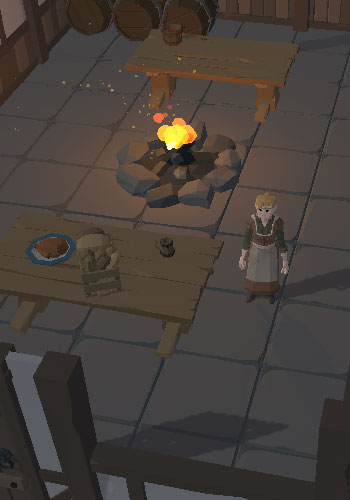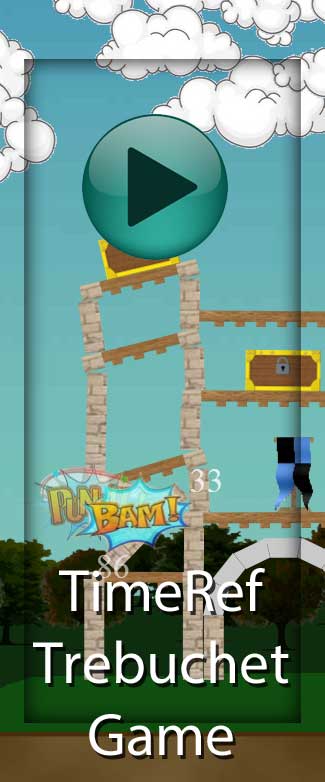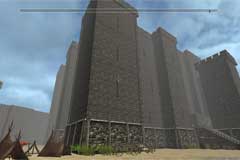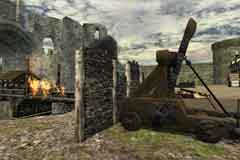 bridge of one kind or another has crossed the river Thames at London since Roman times. Remains of parts of the bridge and clues of Roman occupation has been found on the riverbed. At this time the bridge would have been made of wood. A wooden bridge possibly spanned the river through the Dark Ages but there are no clues to what it may have looked like. In 1014 the bridge was attacked by Ethelred II when he attempted to regain the throne from the Danes. With the help of Olaf of Norway the bridge was destroyed by pulling away the wooden piles. The bridge was obviously rebuilt as in 1066 William the Conqueror decided to not attempt a crossing of it and went all the way around via Berkhampstead and finally entered London from the north. In October or November of 1091 a storm, possibly a tornado, hit London and the south-east with such force that the bridge across the river was destroyed. Many houses were also destroyed.
bridge of one kind or another has crossed the river Thames at London since Roman times. Remains of parts of the bridge and clues of Roman occupation has been found on the riverbed. At this time the bridge would have been made of wood. A wooden bridge possibly spanned the river through the Dark Ages but there are no clues to what it may have looked like. In 1014 the bridge was attacked by Ethelred II when he attempted to regain the throne from the Danes. With the help of Olaf of Norway the bridge was destroyed by pulling away the wooden piles. The bridge was obviously rebuilt as in 1066 William the Conqueror decided to not attempt a crossing of it and went all the way around via Berkhampstead and finally entered London from the north. In October or November of 1091 a storm, possibly a tornado, hit London and the south-east with such force that the bridge across the river was destroyed. Many houses were also destroyed.
After a fire in 1136, the reconstruction again in wood was undertaken by Peter of Colechurch. He then began the reconstruction across the river Thames this time in stone in 1176. The work to build the new bridge a few yards to the west of the old wooden one continued after Peter's death and ended in 1209. The stone bridge had nineteen stone arches and a drawbridge and was not very wide. Two carts could pass each other on the bridge with care. Each of the twenty gaps had their own name and varied greatly in size. Some of the gaps had water mills for grinding corn. Over time the foundations of the piers began to be eroded and so the piers were strengthened with wider constructions around the base, known as starlings. The gaps between the piers constricted the flow of the Thames creating a row of fast flowing rapids between them. Ships could not pass under the arches so goods had to be unloaded from ships on one side and reloaded onto new ships on the other.
On top of the bridge houses and shops were constructed running along both sides and near the centre a two-storey church was constructed.
With houses made of wood fire is always a danger and in 1212 a fire that started on the southern shore spread to the bridge. People who had crossed the bridge to either help putting out the fire or just to watch found themselves trapped when the fire lept over them and started burning at the north end. Boats tried to rescue the trapped from bridge but too many people tried to get of the boats and they were overturned.
Funding repairs to the bridge has been a problem since it was constructed. Taxes and rents raised on the bridge made it an important source of funds and King Henry III decided that these funds should go straight to the Crown rather than provide funds for repairs. King Henry also gave his wife the right to use the revenue from the bridge for her own needs. After many years of neglect a bad winter and ice around the base of the piers caused several arches to fall down. This was put right by King Edward I who organised new taxes to be levied on the bridge from those crossing over it. The extra funds were used for much needed repairs. In 1426 the tower at the north end of the bridge with the drawbridge was rebuilt with a better drawbridge that could be raised to allow ships with their cargo to unload at Queenhithe Dock.
In 1450 London bridge was the centre of fighting during an uprising against the poor rule of King Henry VI. The rebels from Kent were led by Jack Cade. Cade had raised an army and threatened to burn down the bridge unless it was opened to him. The drawbridge was lowered and the rebels gained entry to the city. After killing those of importance they found the rebels returned to the south side of the bridge. They had taken the precaution of cutting the drawbridge ropes to prevent it being raised and trapping them on the bridge. But Lord Scales, the Constable of the Tower and his men attacked the rebels during the night. After a night of fighting a truce was declared. Cade agreed to return to Kent and not cause any more trouble in return for a pardon. But this agreement was ignored by the King's men and many rebels were killed including Cade a few days later.

